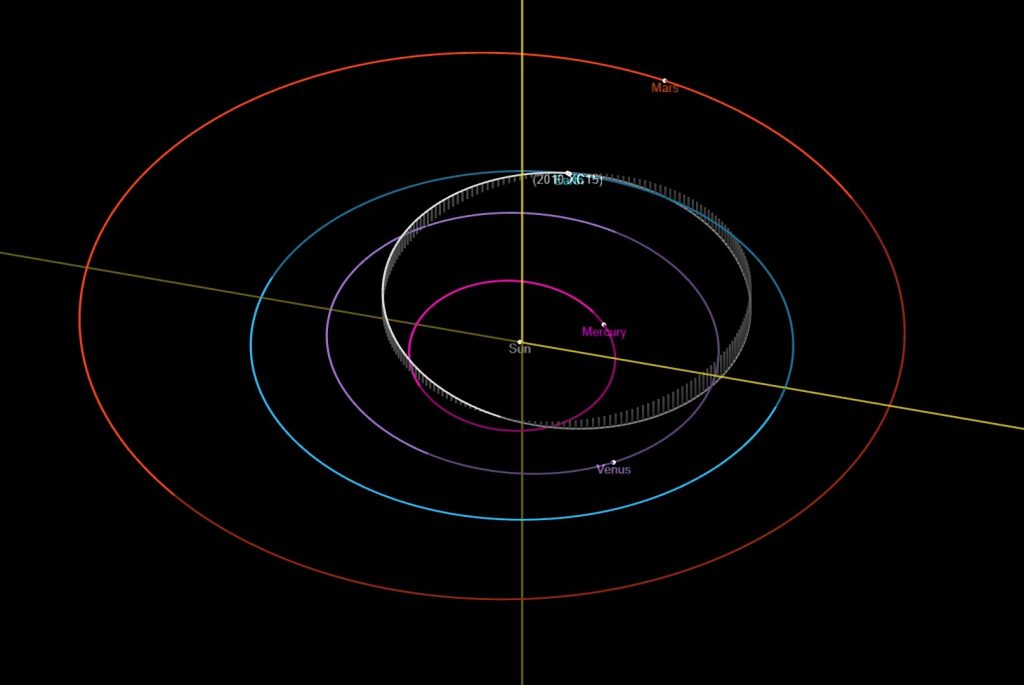Scientists have come through with an experiment that involves making a radio signal bounce off an asteroid. It will be a test for probing a larger asteroid that in 2029 will pass closer to Earth than the many geostationary satellites that orbit our planet.
The High-frequency Active Auroral Research Program research site in Gakona transmitted radio signals to asteroid 2010 XC15. The University of New Mexico Long Wavelength Array near Socorro, New Mexico, and the Owens Valley Radio Observatory Long Wavelength Array near Bishop, California, received the signal.
“What’s new and what we are trying to do is probe asteroid interiors with long wavelength radars and radio telescopes from the ground,” said Mark Haynes, lead investigator on the project and a radar systems engineer at NASA’s Jet Propulsion Laboratory in Southern California. “Longer wavelengths can penetrate the interior of an object much better than the radio wavelengths used for communication.”
“If you know the distribution of mass, you can make an impactor more effective, because you’ll know where to hit the asteroid a little better,” Haynes said.
HAARP sent a constantly chirping signal to asteroid 2010 XC15 at around 9.6 megahertz (9.6 million times per second). The chirp was repeated at two-second intervals.
The University of Alaska Fairbanks operates HAARP under an agreement with the Air Force, which developed and owned HAARP but transferred the research instruments to UAF in August 2015.
The test on the 2010 XC15 is another measure to be prepared for the much anticipated 2029 encounter with the asteroid Apophis.
Apophis was discovered in 2004 and will make its closest approach to Earth on April 13, 2029, when it comes within 20,000 miles.
The test on the 2010 XC15 and the 2029 Apophis encounter are of general interest to scientists who study near-Earth objects.
“The more time there is before a potential impact, the more options there are to try to deflect it,” Haynes said.
About every 2,000 years, a meteoroid the size of a football field comes in contact with Earth and brings a lot of havoc.
“If we can get the ground-based systems up and running, then that will give us a lot of chances to try to do interior sensing of these objects,” Haynes said.
The National Science Foundation is funding the work through its award to the Geophysical Institute for establishing the Subauroral Geophysical Observatory for Space Physics and Radio Science in Gakona
“HAARP is excited to partner with NASA and JPL to advance our knowledge of near-Earth objects,” said Jessica Matthews, HAARP’s program manager.

